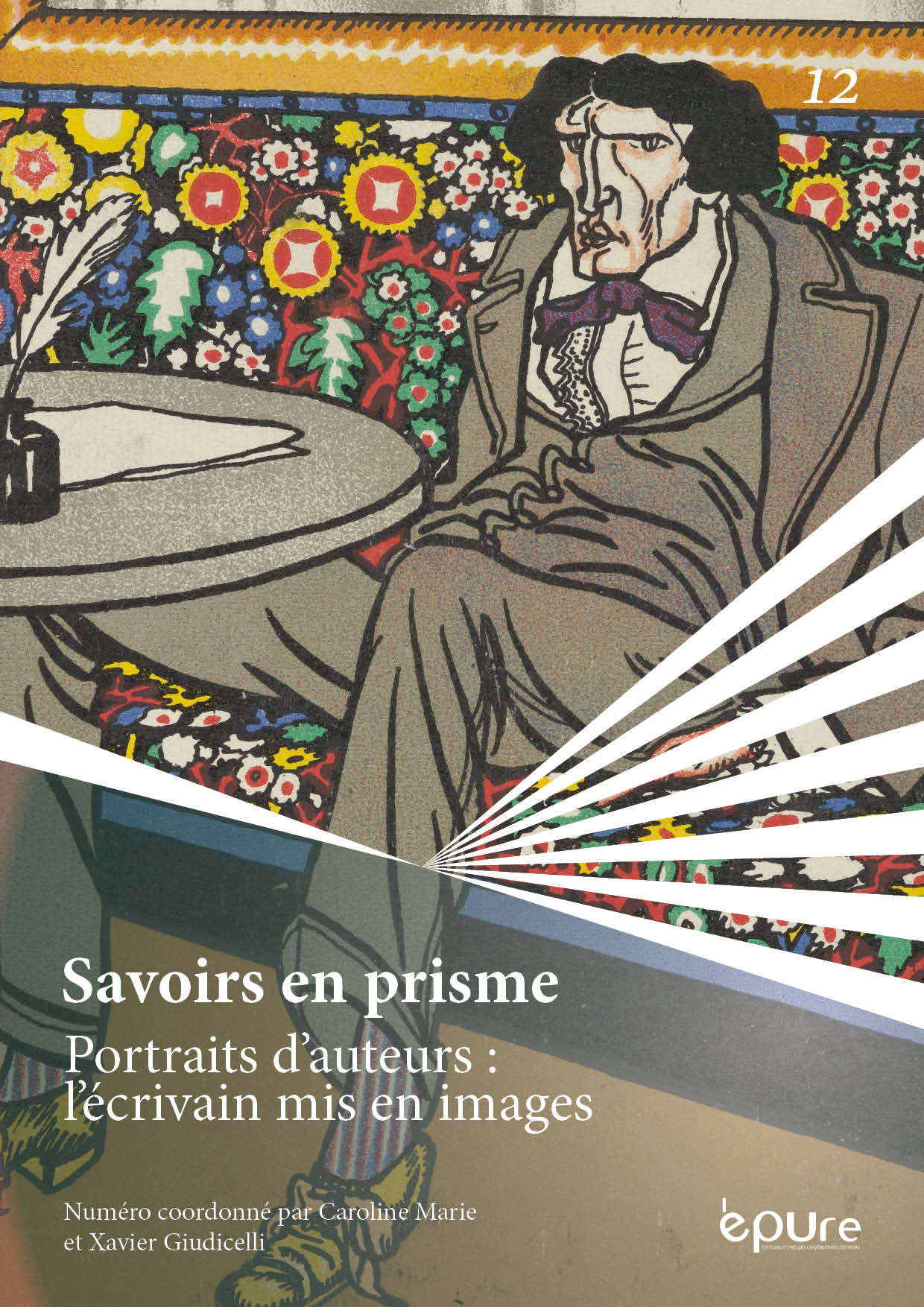Portrait of Georges Rodenbach by Lucien Lévy-Dhurmer: the face of the writer, a vision of the author
Abstract
In 1895, Lucien Lévy-Dhurmer drew the portrait of the symbolist writer Georges Rodenbach. Its ambivalent composition between a portrait of Rodenbach and a landscape of Bruges, between a representation of the writer and a vision of his novel Bruges-la-Morte, shows the fundamental duality of the writer’s portrait. The creation and reception of this double representation of the writer and his literary work in the Portrait of Georges Rodenbach is analyzed based on the concepts of author and horizon of expectation borrowed from aesthetics. The first part of this analysis examines the Portrait of Georges Rodenbach as a writer’s portrait and the second one as an author’s portrait. The study of this particular case contributes to a global reflection on the transfer from reality to fiction in writers’ portraits.
Copyright (c) 2020 Savoirs en prisme

This work is licensed under a Creative Commons Attribution-NonCommercial-ShareAlike 4.0 International License.


